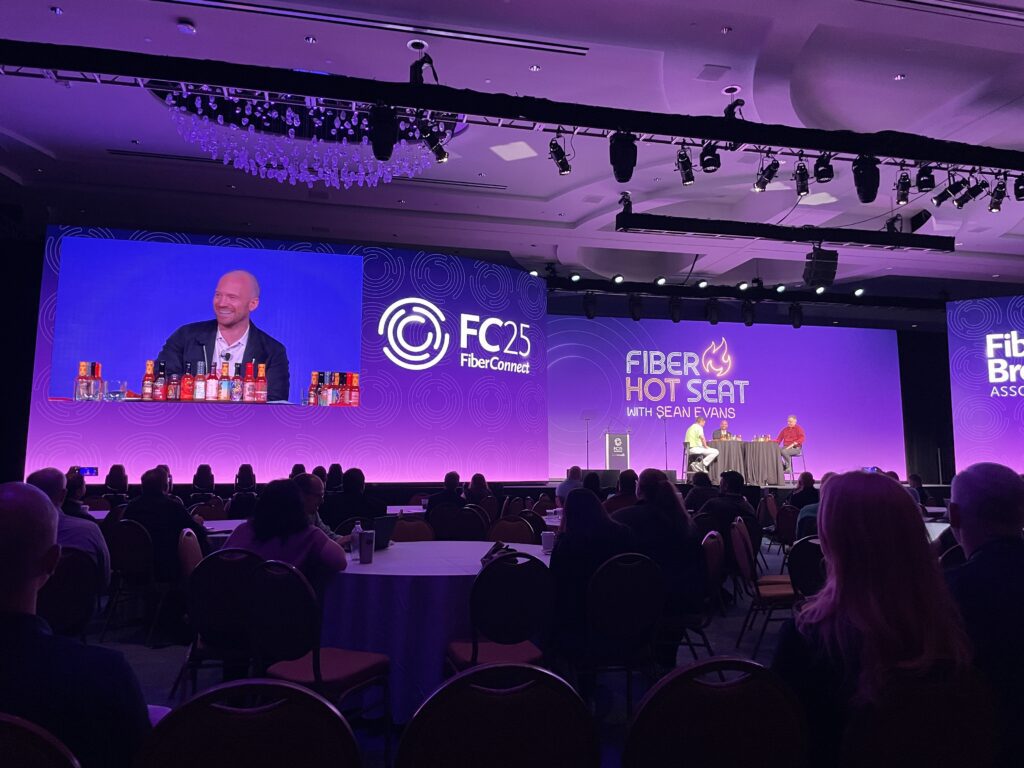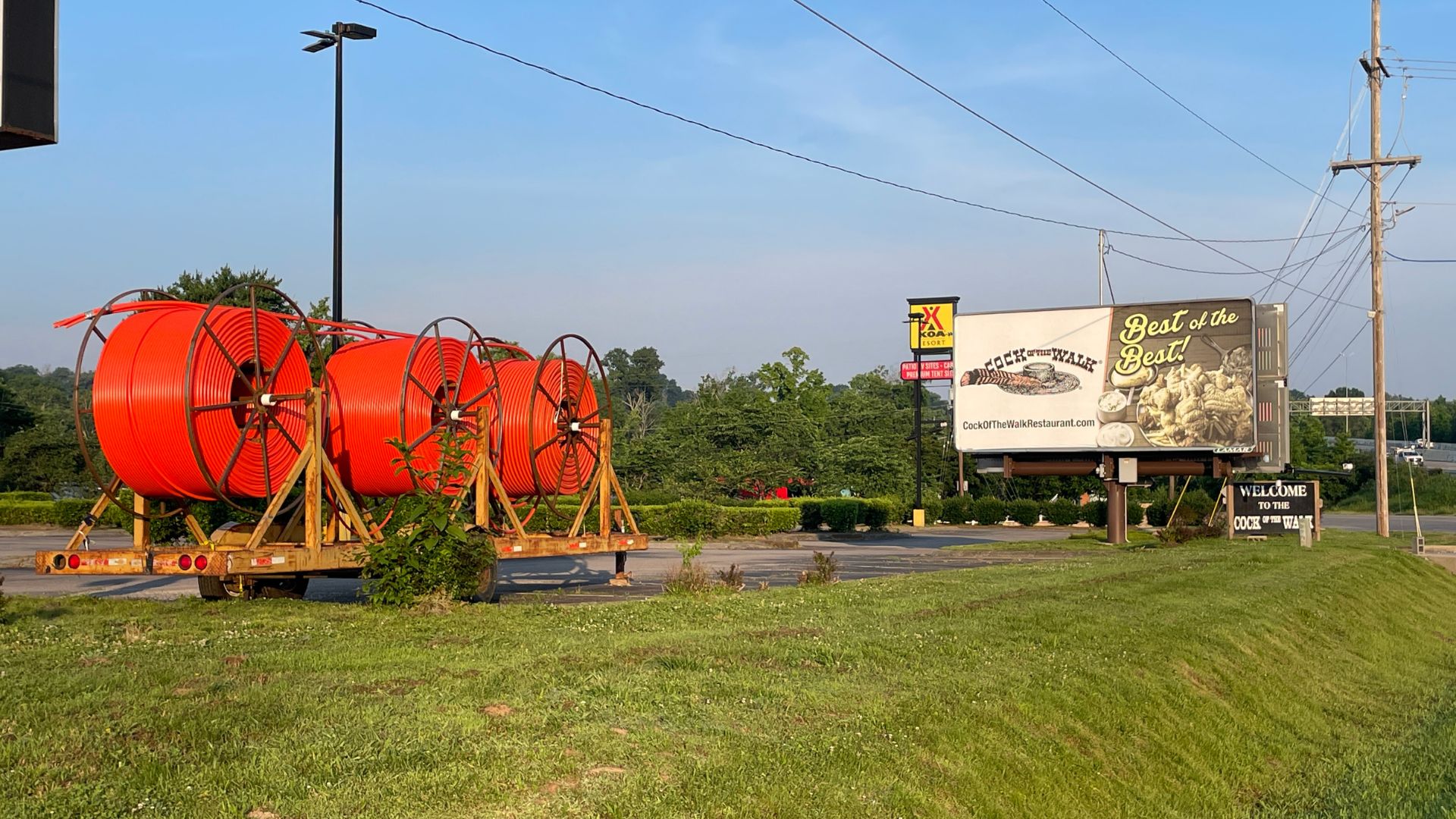Fresh off the buzz from Fiber Connect 2025, the fiber industry is charging into a new era—one defined by blistering innovation, high-stakes funding shifts, and skyrocketing demand for always-on connectivity. Fiber is no longer just about fast internet; it’s about powering AI, enabling edge computing, and building the digital backbone of the modern economy.
To lead in this high-growth market, operators, engineers, and contractors need to stay sharp, strategic, and ready to scale. Here are five trends lighting up the industry—and what it takes to turn them into opportunity.
1. Navigating the BEAD Funding Landscape
The Broadband Equity, Access, and Deployment (BEAD) program is a game-changing broadband funding initiative. The fiber industry is adapting quickly despite BEAD delays and evolving funding landscapes. But with recent delays and shifting policies, getting fiber projects off the ground isn’t always straightforward.
Operators and contractors must stay nimble. Keeping a close eye on project statuses, resource allocations, and funding developments is crucial. Smart planning, solid budgeting, and flexible project execution help teams manage uncertainty and seize funding opportunities when they arise. Integrated project management solutions, like Sitetracker, boost visibility, tighten controls, and reduce risk—giving operators the agility to move fast when the time is right.
But funding is just the start. As fiber networks evolve to support AI and massive data demands, the middle mile takes center stage.
2. Middle Mile Networks, Data Centers, and the Rise of AI
While data centers often make headlines for their massive power needs, there’s another critical ingredient: fiber connectivity. Without robust middle-mile infrastructure, data-hungry applications like AI, cloud computing, and edge services simply can’t deliver.
Fiber operators need to scale middle-mile networks now to meet rising data demands and low-latency requirements. The need for more robust middle-mile infrastructure has never been more pressing. It takes thoughtful planning, accurate forecasting, and agile network management to stay ahead. Complete asset lifecycle management solutions like Sitetracker help network operators handle the scale, growth, and complexity of modern fiber projects—supporting every step from planning and permitting to construction, operations, and maintenance.

3. Overcoming Permitting and Regulatory Challenges
Permitting can often feel like a ‘hot mess’ — one of the biggest roadblocks to fiber deployment. From lengthy rights-of-way approvals to navigating varied municipal requirements, permitting delays can derail even the best-laid plans.
The solution? Proactive engagement with stakeholders, digital permit processing, and clear communication with local communities. Purpose-built tools, like Sitetracker GIS Link, that bridge planning and construction bring much-needed transparency and consistency to the process. They also simplify complex permitting workflows, helping teams move from first permit to final splice with speed and confidence.

4. Complete Asset Lifecycle Management: Planning, Construction, Operations, and Maintenance
Managing a fiber network doesn’t end once it’s built. Long-term success depends on managing the entire lifecycle—from planning and deployment to ongoing maintenance and optimization.
Operators who prioritize accurate documentation, predictive analytics, and proactive maintenance can reduce disruptions and lower total cost of ownership. Building operational resilience is a growing focus, as highlighted by industry leaders. Sophisticated lifecycle management platforms deliver real-time visibility, performance insights, and proactive alerts. They also help capture lessons learned, improving processes over time. The result? Stronger operational control, more reliable networks, and infrastructure that’s ready to scale.
5. Proactive Risk Minimization Strategies
Fiber deployment comes with plenty of risks—volatile material costs, unpredictable supply chains, workforce challenges, and more. Even while BEAD is being reimagined with new guidance, the fiber industry is moving full speed, showing the value of proactive risk management. Proactively managing these risks is key to keeping projects on track.
Operators need diversified supplier relationships, contingency plans, and flexible project execution. With advanced asset lifecycle management solutions like Sitetracker, they can monitor program performance, track daily production, and manage dependencies between projects and permits. Predictive analytics help teams spot risks early, while flexible scheduling and dynamic resource management keep projects moving smoothly. The payoff? Higher quality, fewer disruptions, and fiber networks delivered on time.

Looking Ahead
The future of fiber is bright—but also complex and ever-changing. Operators who embrace these trends—and equip their teams with purpose-built tools—will be the ones lighting the way.
Sitetracker is proud to support this mission. For more on where the fiber industry is heading, check out FBA’s Marissa Mitrovich’s perspective. Our purpose-built tools give fiber organizations greater visibility into programs, help track daily production, manage project and permitting dependencies, and enable flexible scheduling. By helping teams manage more projects, onboard staff faster, and strengthen operational controls, Sitetracker empowers fiber providers to scale connectivity, close the digital divide, and build the infrastructure backbone for tomorrow’s digital economy—one network at a time.
